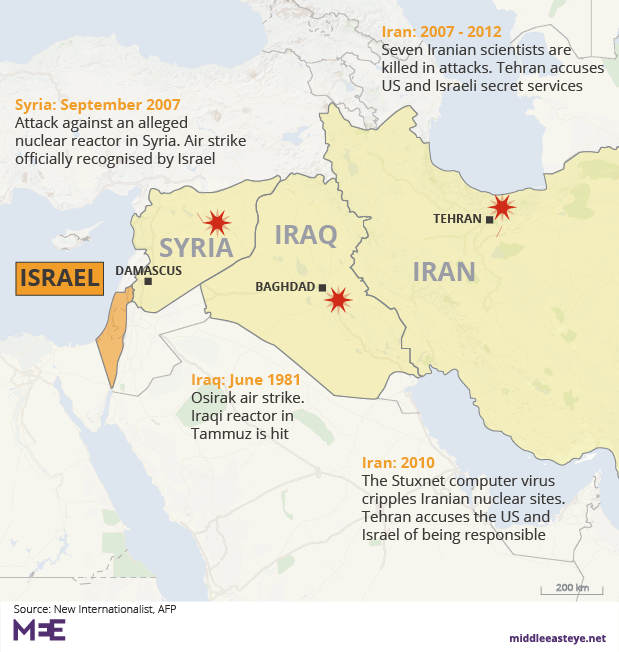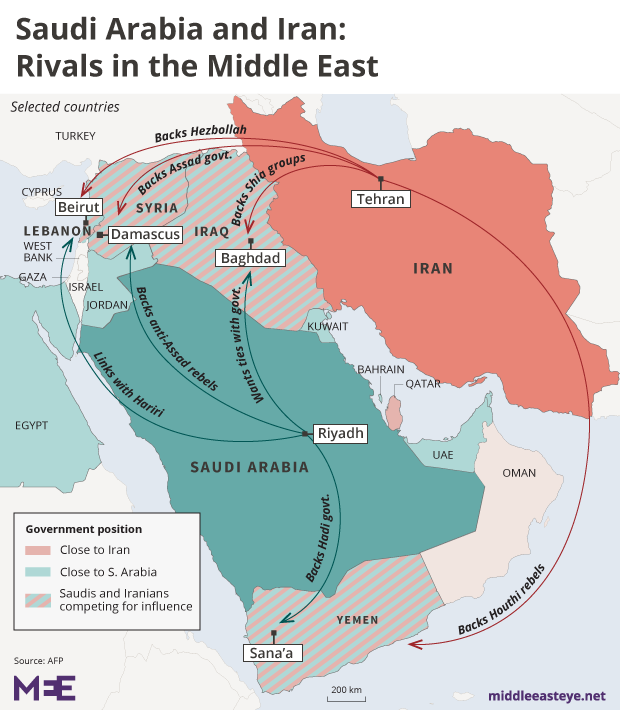Trump and sanctions: The Iran nuclear deal, explained in six graphics

Even before he took office, US President Donald Trump repeatedly criticised the 2015 nuclear deal, signed between Tehran and the P5+1 group - the US, the UK, France, China, Russia and Germany - in July 2015. Trump announced on 8 May 2018 that he was withdrawing the US from the agreement. The first of the reintroduced sanctions, including against Iran's troubled currency, began on 7 August 2018.
1. The chemistry basics
At the heart of the Iran deal is how Tehran enriches and stores chemicals with which it can create nuclear weapons. Attention is focussed on two in particular: uranium and heavy water.
2. The Iran nuclear timeline
Iran's nuclear ambitions are but the latest cause of tension between Tehran and the US. Relations plummeted during the late 1970s with the overthrow of the Shah and the ascension to power of the Ayatollah Khomeini, followed by western backing for Baghdad during the Iran-Iraq war that devastated both countries from 1980 until 1988.
3. How previous sanctions have hit Iran
The Iranian economy and society have been impacted - either positively or negatively - by the imposition and lifting of sanctions during the past few decades.
4. The deal is struck
The nuclear deal, agreed in July 2015 and with which Iran complied by the following year, was made possible as relations improved between Tehran and Washington, especially following the election of Iranian President Hassan Rouhani in 2013.
5. Israel and nuclear programmes
Israel, the only country in the Middle East to have nuclear weapons, has been a staunch opponent of Tehran's nuclear programme for several years, although it rarely acknowledges if or when it has taken direct action (see below). In late April 2018, Benjamin Netanyahu revealed what he said was a "half tonne" of Iranian documents collected by Israeli intelligence and which he said proved Tehran had covered up a nuclear weapons programme before signing the 2015 deal. But many of the deal's signatories took issue with the allegations, including the IAEA, the UN’s nuclear watchdog.
6. Cold War in the Middle East
Israel is not the only Middle East power which supports Washington as it takes a tougher line with Tehran. Saudi Arabia and Iran have been rivals in the region for several decades, most recently in Yemen, Syria and Lebanon. In March 2018, Saudi Crown Prince Mohammed bin Salman said the kingdom might be forced to develop its own weapons: "Saudi Arabia does not want to acquire any nuclear bomb, but without a doubt if Iran developed a nuclear bomb, we will follow suit as soon as possible."
Stay informed with MEE's newsletters
Sign up to get the latest alerts, insights and analysis, starting with Turkey Unpacked
Middle East Eye delivers independent and unrivalled coverage and analysis of the Middle East, North Africa and beyond. To learn more about republishing this content and the associated fees, please fill out this form. More about MEE can be found here.










